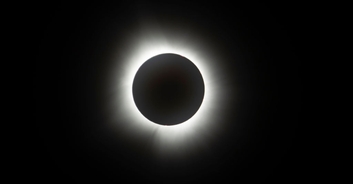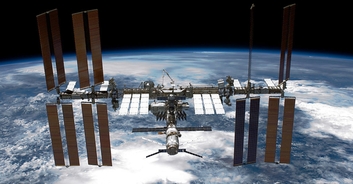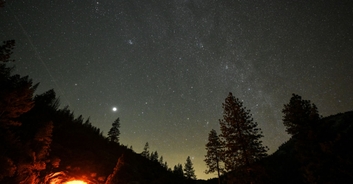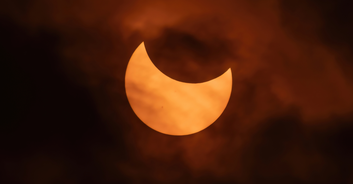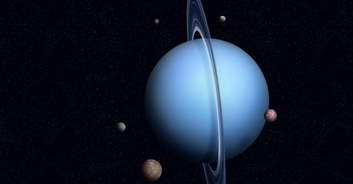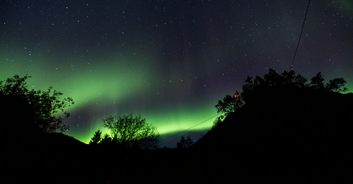If you're wanting to get your 2021 off to an impressive celestial start, an event that NASA calls one of the "best annual meteor showers" is set to light up the night skies this weekend.
The Quadrantids return to the sky every year between December 28 and January 12.
"An alternative name for the Quadrantids is the Bootids since the meteors appear to radiate from the modern constellation of Bootes," NASA says. "Even though the constellation may no longer be recognized, it was considered a constellation long enough to give the meteor shower its name."
While the Quadrantids might be the final shower of the season, the American Meteor Society reports that it could be the strongest.
Watch this year's Quadrantids meteor shower below:However, even though the shower has the potential to be visually spectacular, the window of maximum activity is just six hours long, CBS News reports.
There is a chance of spotting between 60 to 200 meteors per hour traveling at 25.5 miles per second from Saturday night into Sunday morning.
Quadrantids are known as fireball meteors, which means they are brighter than the ones which usually light up the sky.
"The reason the peak is so short is due to the shower's thin stream of particles and the fact that the Earth crosses the stream at a perpendicular angle," NASA says.

The best place to view the meteor shower is from the Northern Hemisphere, however, poor weather conditions could make it difficult.
A nearly full waning gibbous moon is set to shine through the sky, meaning that even if it is cloudless, it could still be tricky to get a good view of the Quadrantids.
Timing is of the utmost importance when it comes to viewing the shower, and the International Meteor Organization reports that the peak is expected to take place at around 14:30 UTC on Sunday, so if you are in the US, the best time to view the event will be in the predawn hours of Sunday morning.
If you want to catch the best possible view of the shower, CBS recommends getting away from light pollution and lying flat on your back to watch it, giving your eyes around 30 minutes to adjust to the shower, which will last until dawn.
The next meteor shower after this won't take place until the end of April when the Lyrids and the Eta Aquariids return.







